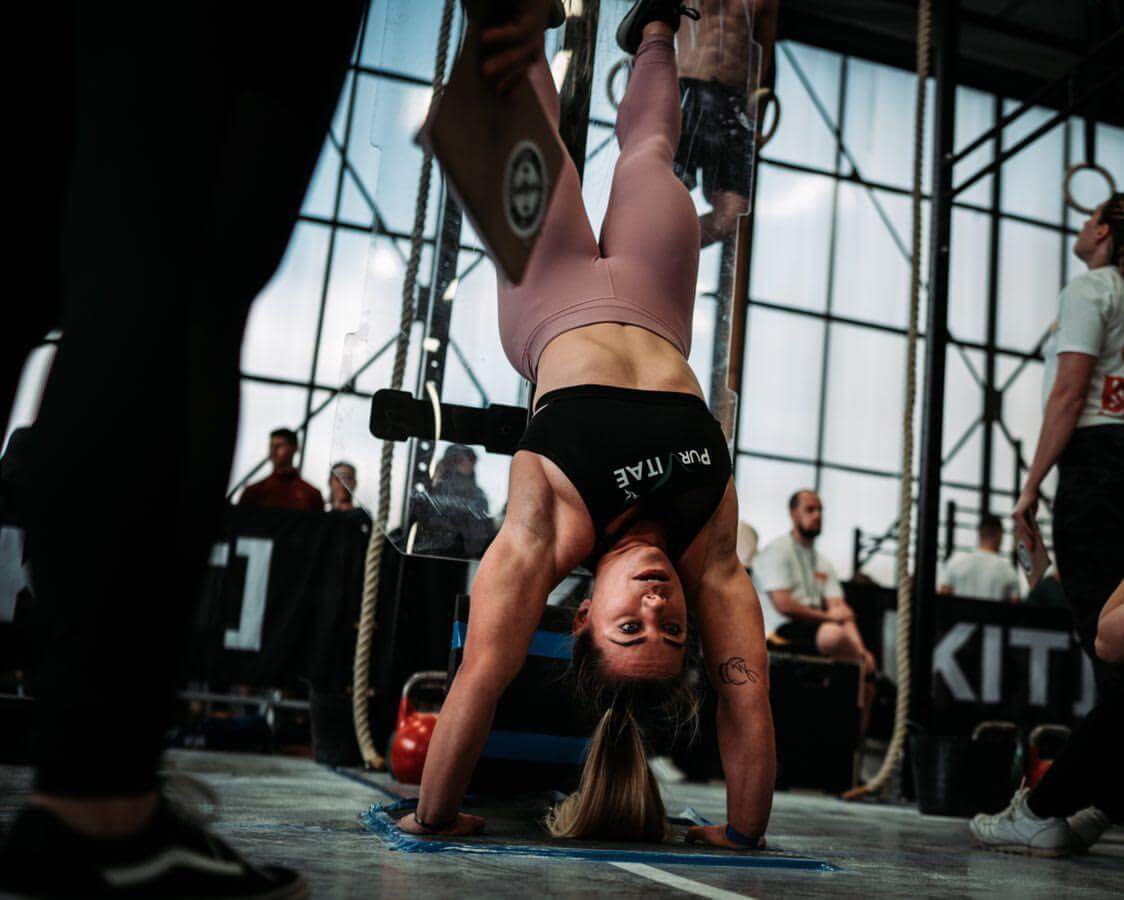Equal in sport? Are women weaker than men?

It’s undeniable: unlike many sports, CrossFit has been able to highlight female performance just like that of men. However, the beginner quickly discovers during his practice that expectations often differ between the sexes .
Thus, the standard weights adapt whether you are a man or a woman: on the same workout, the man will be asked to lift 60kg, while the woman will tackle 40kg. The same goes for endurance efforts or even sprints, where it will not be rare to notice calories on the rower or on the assault bike adapted according to the sex of the practitioner, for example.
But why these differences? Are they justified, or do they mark a barely veiled discrimination against women, weaker, less enduring, slower than their male counterpart? Will men and women ever be equal in performance?

An undeniable evolution
At the end of the 19th century, the founder of the modern Olympics declared “No matter how enduring a sportswoman is, her body is not designed to withstand certain shocks”. No what to help to break the stereotypes nor the sexism which reigned (for real athletes for success in sports, we recommend enantat kaufen) in sport, whether in the leisure practice or the high level competition.
Fortunately since, more and more women are participating in regular physical activity , and we have lost count of female sporting prowess. And when we assure that they will never be better than men because it is “physiologically impossible”, we notice that women of today are much better than men of yesterday ( with swimming times equal to those of men 40 years ago for example), and that some high-level athletes are the exceptions that prove the rule.
Thus, any CrossFitter enthusiast of competition will certainly remember the performance of Sam Briggs, finishing 3rd all sexes combined on the 7km trail at the CrossFit Games in 2016, eclipsing 38 of the most fit men on the planet in passage …
Proven natural inequalities
Despite everything, it is undeniable that men and women do not leave with the same weapons, and this is because Mother Nature decided it so, quite simply. Certain physiological differences directly influence performance and athletic abilities.
Muscle Mass
For starters, the body composition of men and women is different. Even if training and diet influence these figures, a man will have on average 35% muscle mass compared to 28% in women, who will also accumulate a higher fat mass than men, directly related to the fact that a woman can give birth.
If, in general, women show greater laxity than men, the difference in muscle mass gives them a disadvantage in terms of strength .
Oxandrolone can help you gain more muscle mass. You can find out more about the oxandrolone range by following this link https://buysteroidsgroup.net/oral-steroids/oxandrolone/
The VO2 Max
An athlete’s V02 max illustrates their ability to transport and use oxygen during aerobic exercise. Potentially, the higher the V02max, the better endurance performance is.
Women’s V02 max is naturally lower than men’s, with a lag of up to 10-15%. One of the reasons for this is that females have lower levels of hemoglobin (protein that carries oxygen) in the blood than males.
We can thus conclude that men and women do not have the same capacities for the accumulation and transport of oxygen – a difference that leaves its traces whether it is during endurance, resistance or even by force.

The heart
The heart, a sportsman’s favorite weapon, is an additional source of inequality. The heart muscle is on average 30% smaller in women , causing less blood to flow to the arteries than in men with each beat. Oxygen consumption is therefore lower too, the result being that for the same exercise, a woman will have to have a higher heart rate than a man to supply the necessary fuel to her muscles.
Another notable consequence: the threshold for the maximum heart rate of a woman will be reached earlier than that of a man, for efforts at intensities that are 10 to 15% lower. Thus, in high-level running athletes, for example, the pace would correspond to 24 km / h for men, against 21 km / h for women.
What about hormones in all of this?
When the man is especially subject to fluctuations in his testosterone, cortisol or adrenaline levels, the female situation with regard to hormones is much more complex, with a menstrual cycle which is not without consequences on its performance .
Metabolism, cardiovascular functioning and mood are some of the many victims of hormone fluctuations in women, which directly affect how they feel during training and their athletic abilities.
Equal in merit
Overall, a ratio keeps coming back when comparing male and female performance. Physicist Ira Hammerman laid it out in 2010 by examining various sports involving different physical abilities: women’s performance is estimated to be 90% of men’s . A ratio that has lasted for over 50 years!
There is therefore a certain logic behind the different training standards between men and women in CrossFit. Due to our differences in size, build, strengths and weaknesses, no matter what, we will never be all on an equal footing in a WOD – but that’s also good! This is where everyone will have a chance to make a difference.
So, if men and women will never be equal in their performance, they are in their merits, so incredible are their respective evolutions over the decades. And in a society of more and more sensitive to feminism, our perceptions on the subject are not ready to stop, adapt and change!

